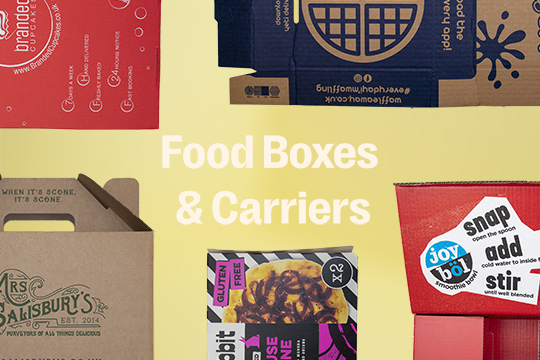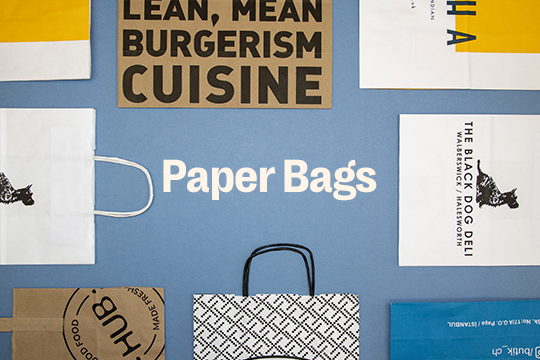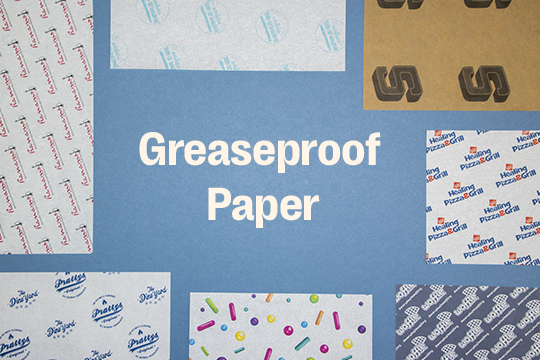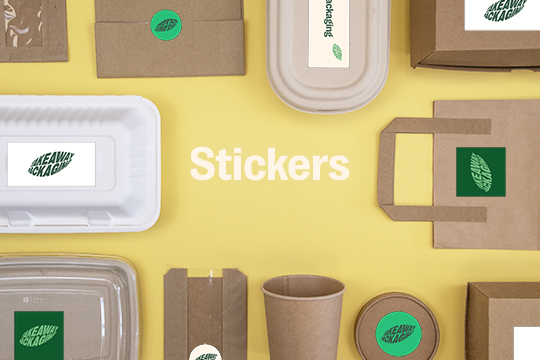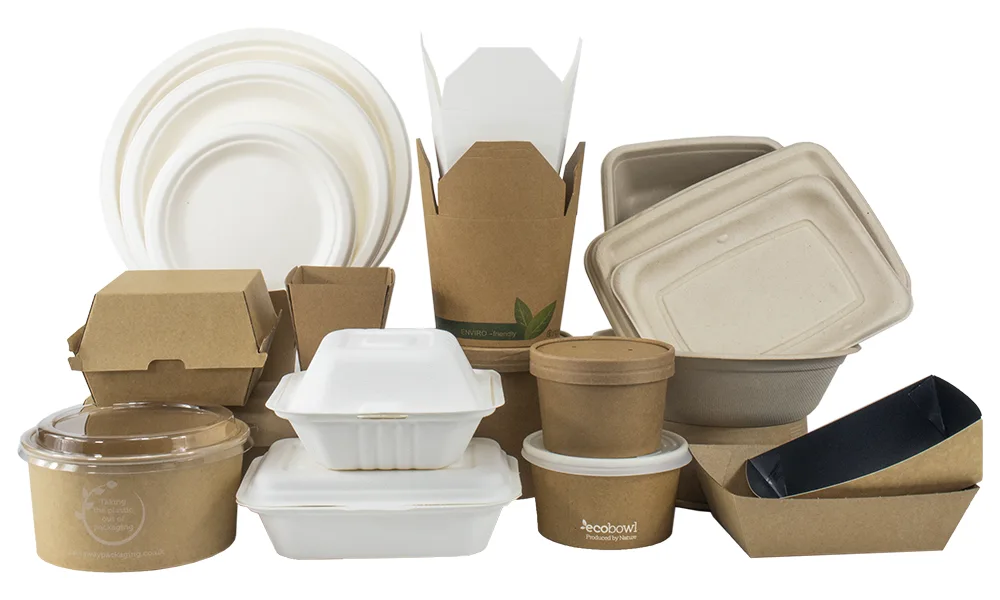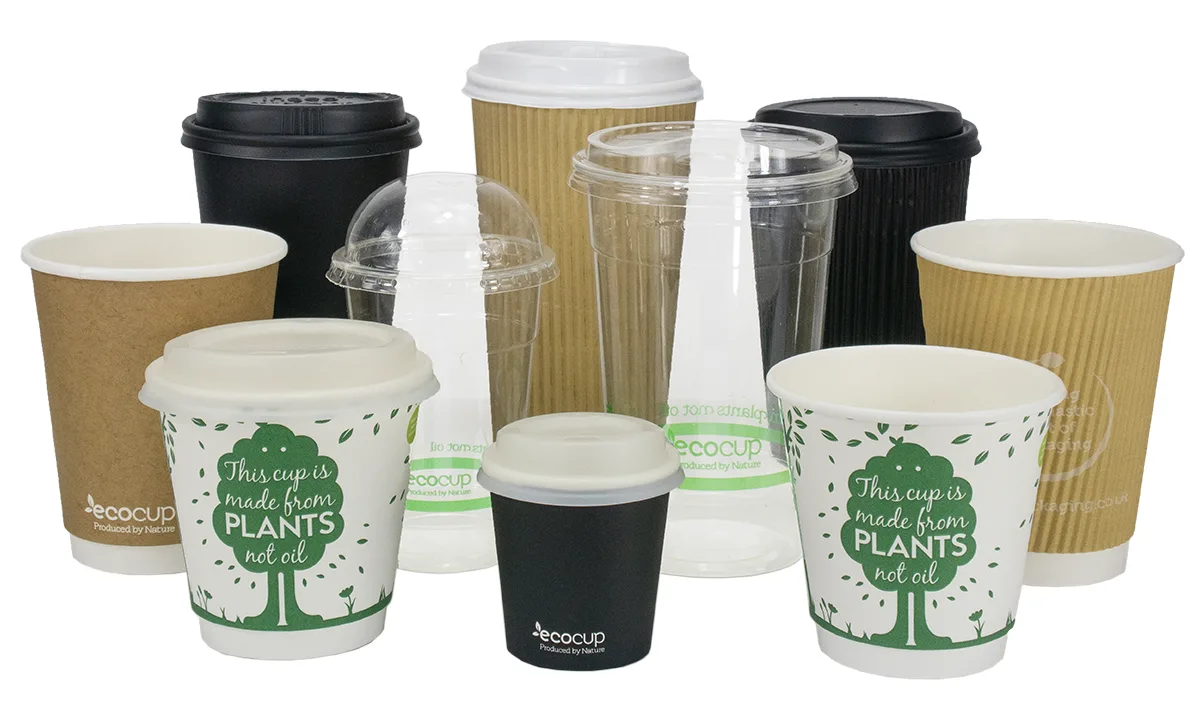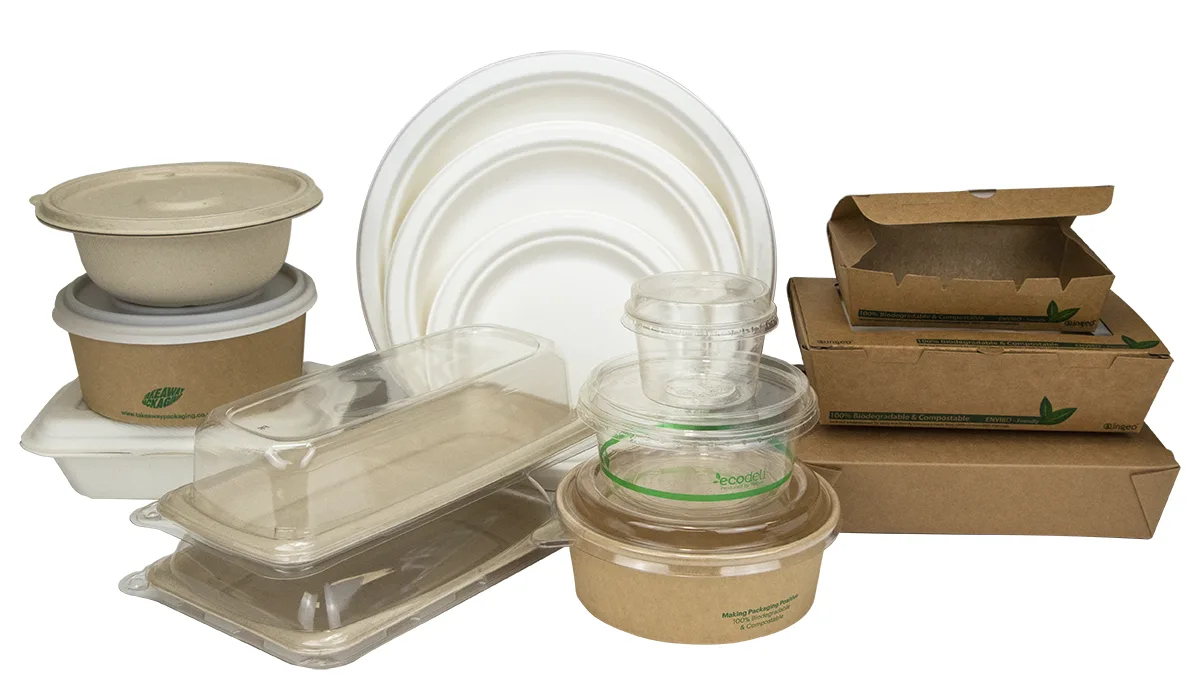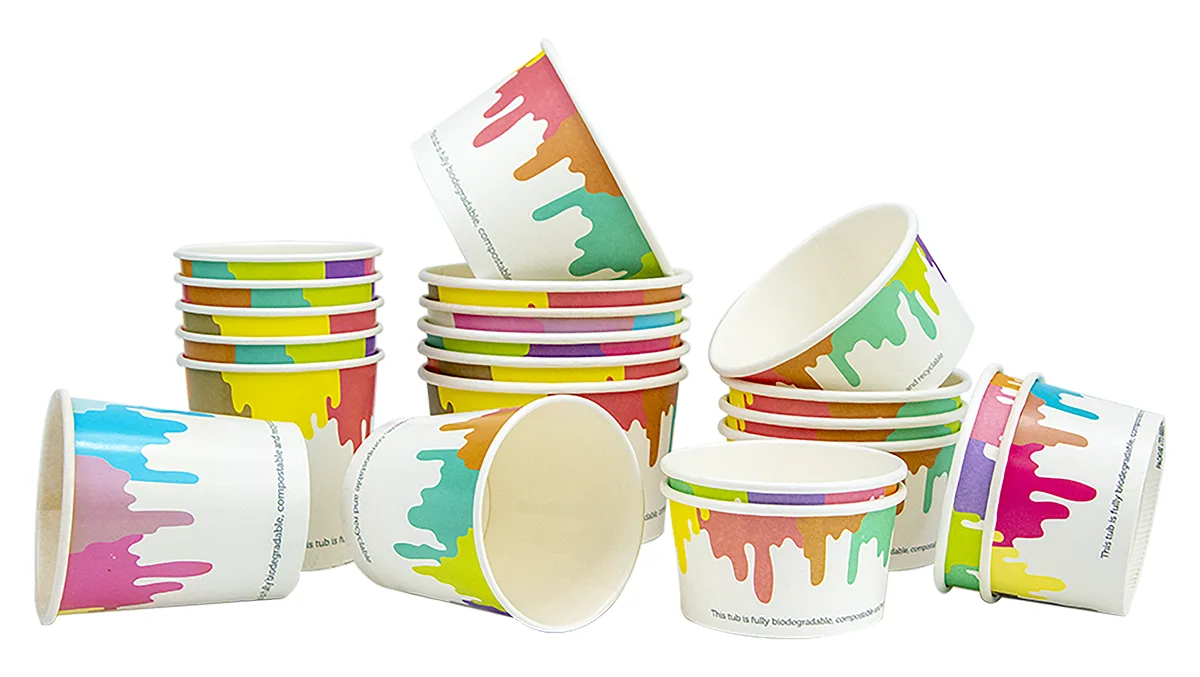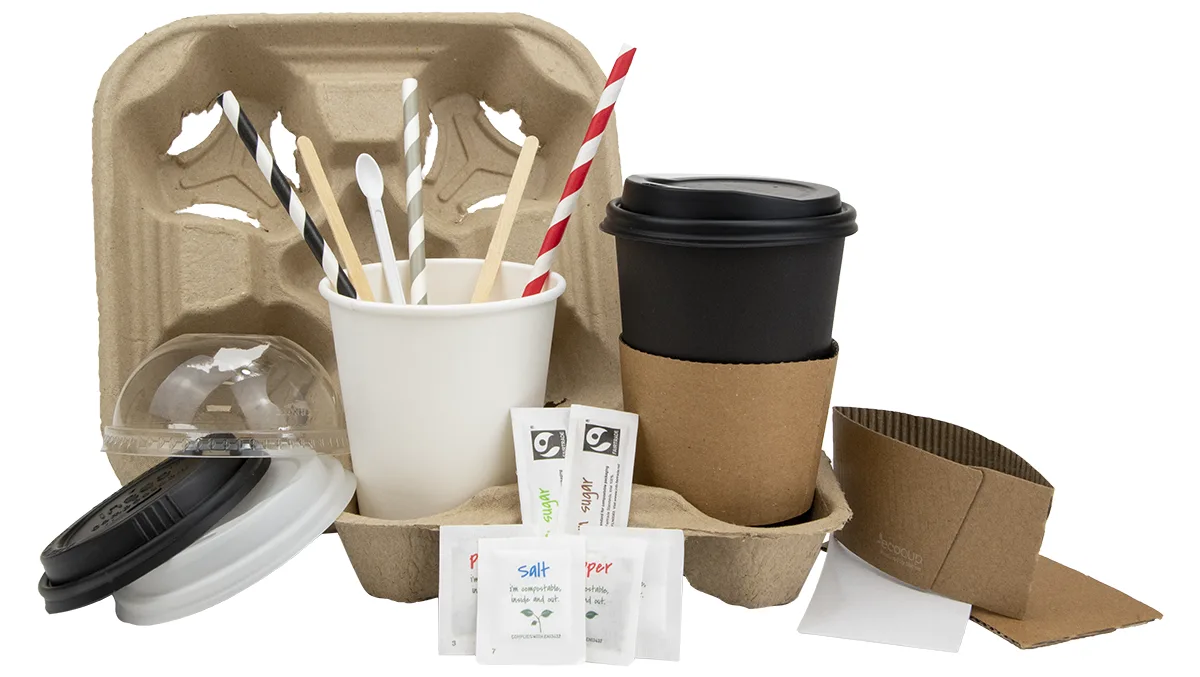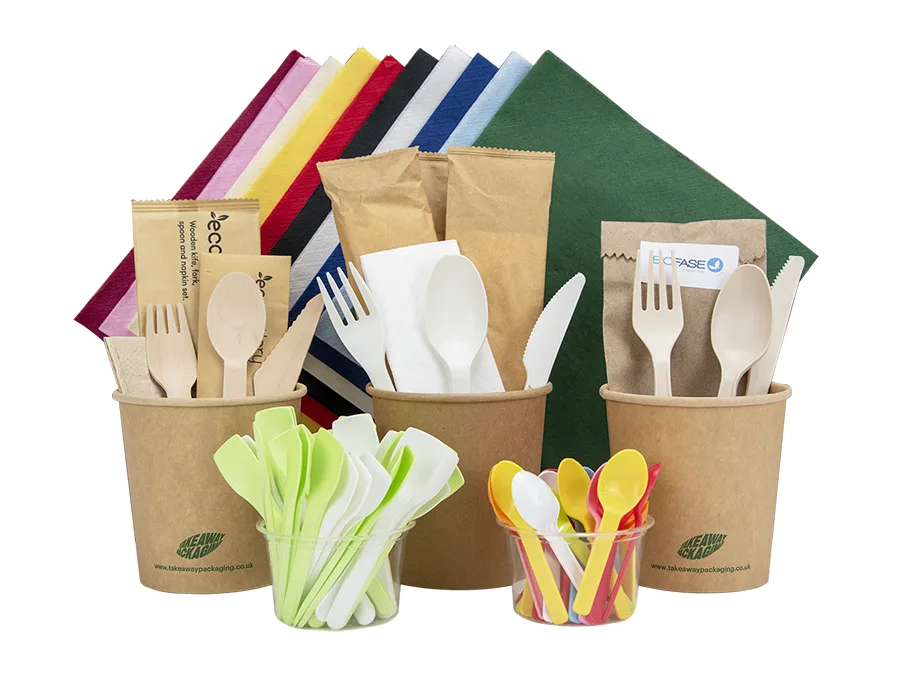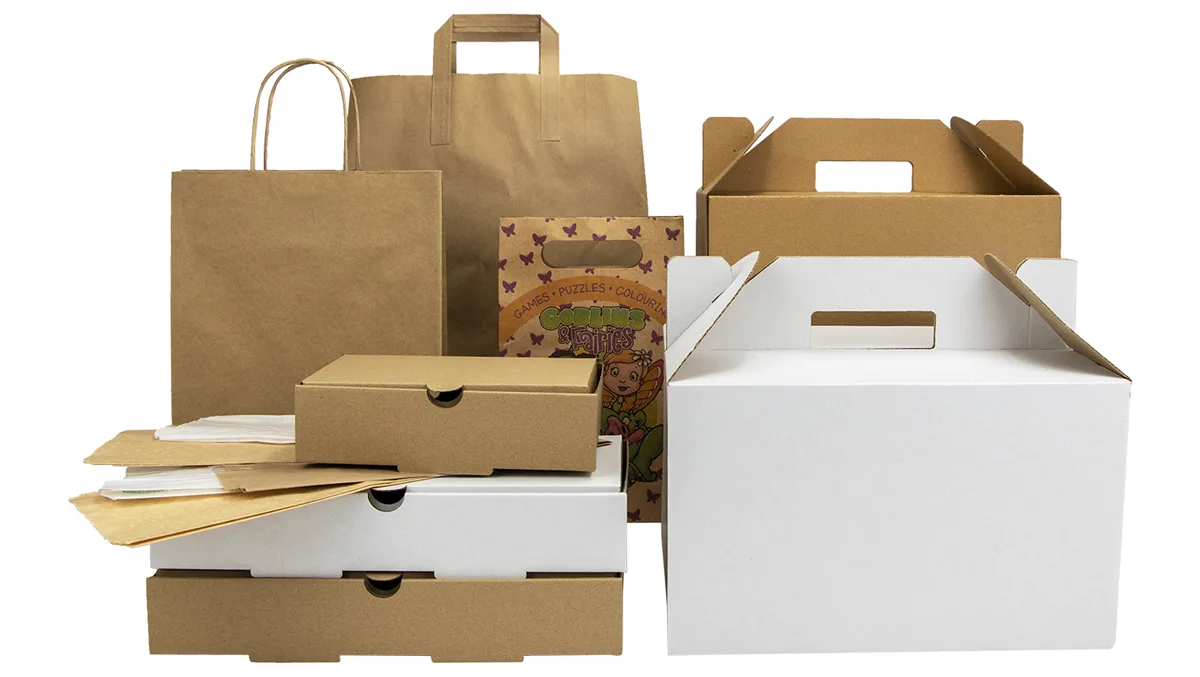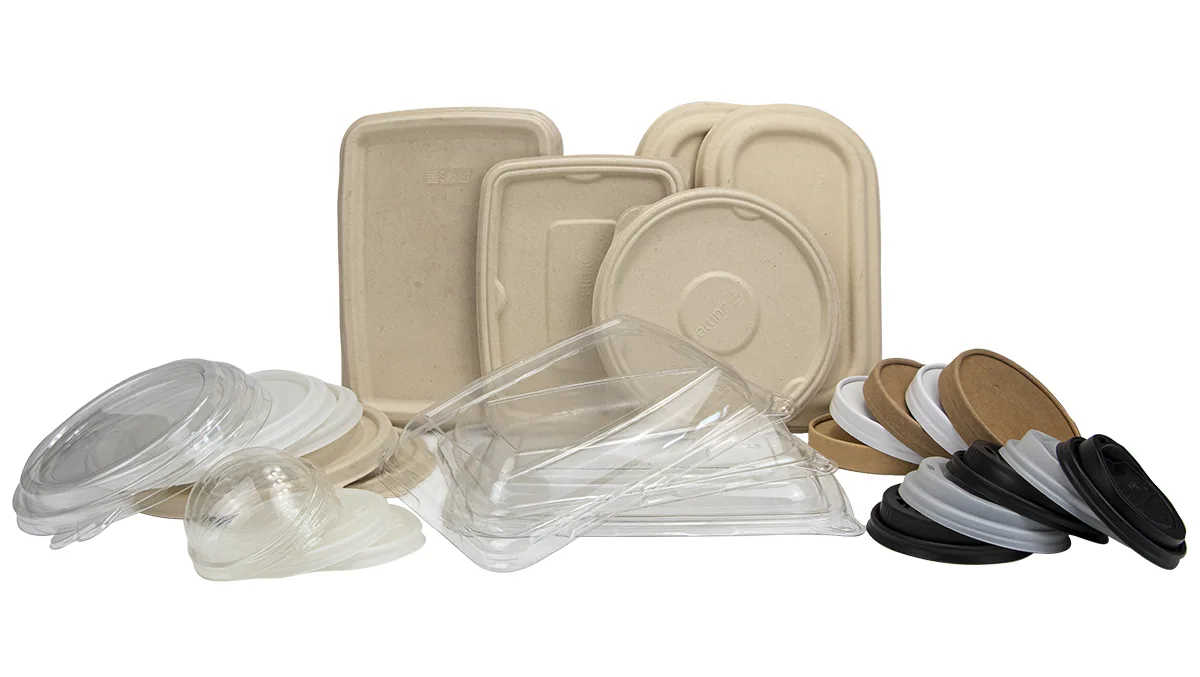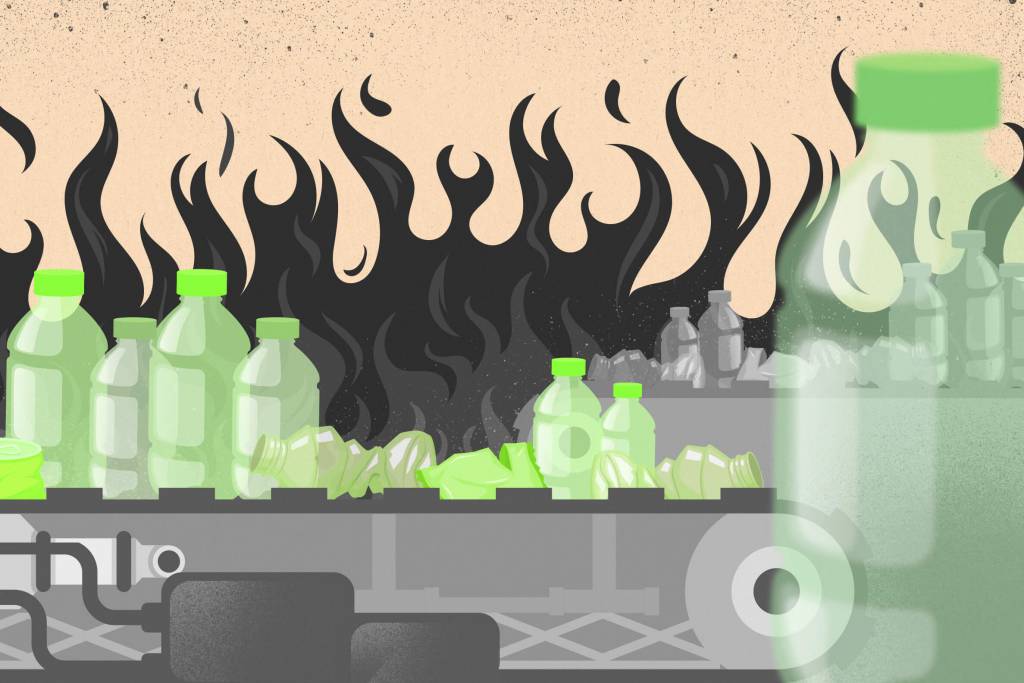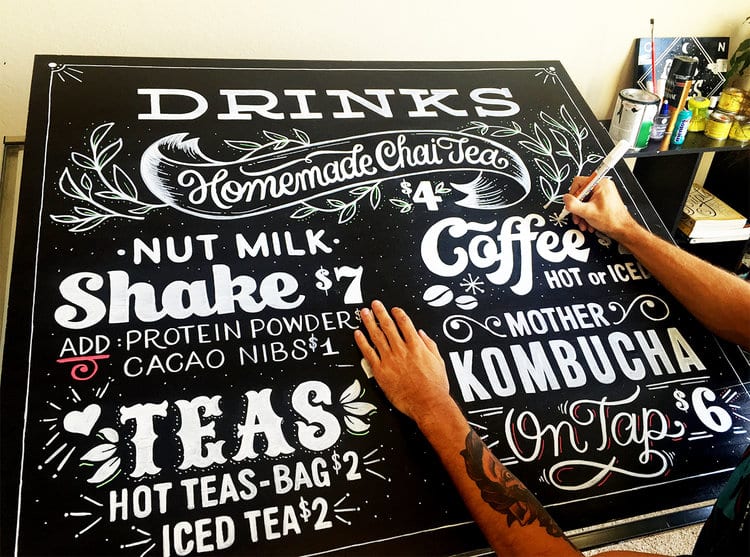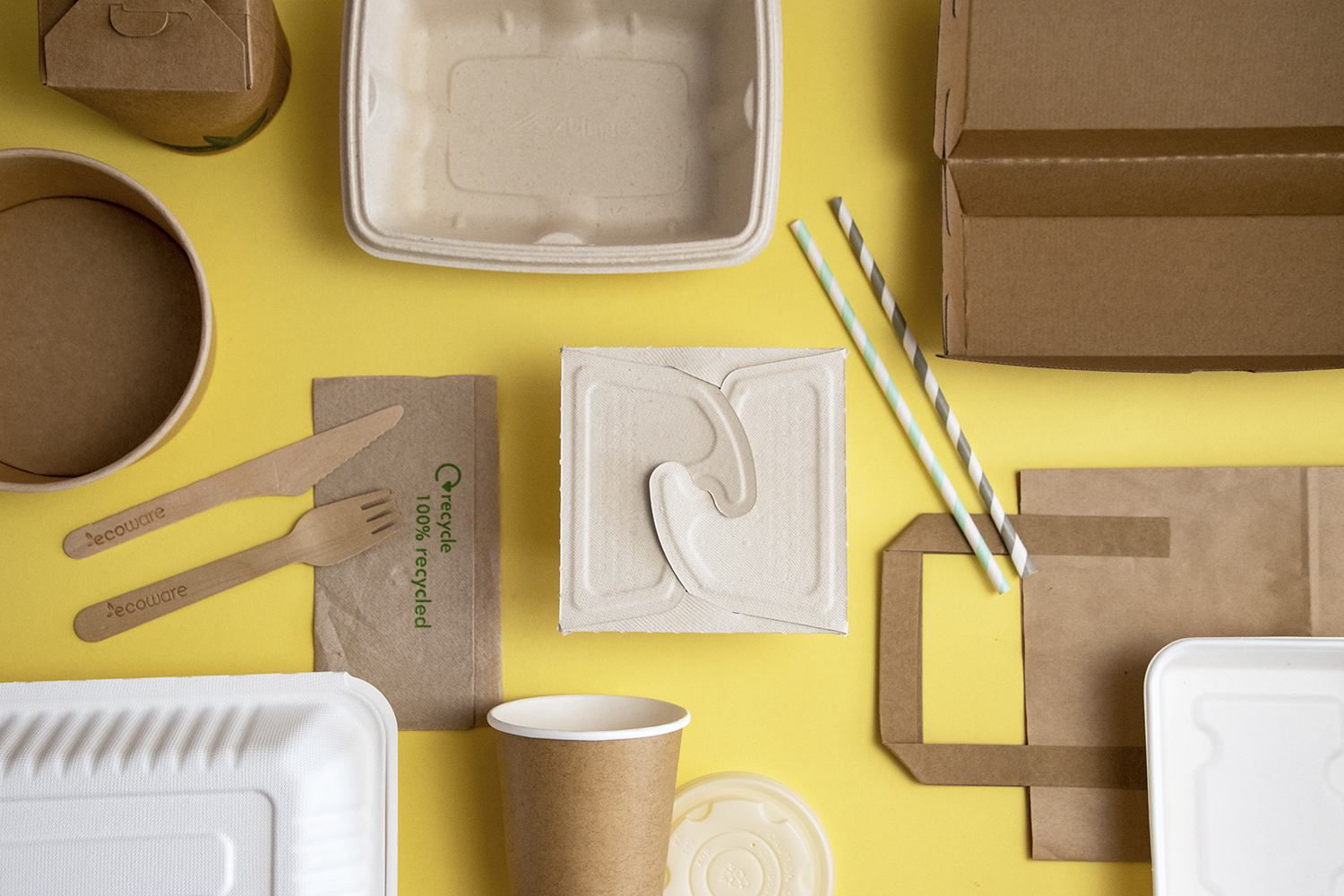If you’ve been eyeing up our deli bowls and clear coffee cups, you’ll already know that we use PLA bioplastics to give our transparent products a strikingly similar finish to oil-based plastics.
Why We Use Bioplastics
As a sustainable packaging provider, we were intent on finding a material that could measure up to the power of plastic. While plastic is altogether bad for the environment, it does have some good points. People keep on producing less sustainable stuff because of its durability and hygiene. Not to mention that plastic is easy and cheap to mass-produce.
Bioplastics can replicate these characteristics while being beneficial to the environment.
Polylactide Acid (PLA) ?— the only bioplastic we use — is commonly used for food containers. Why? It looks and acts similarly to the common polymer, polyethene. Polyethene is the most common plastic in the world and has a surprisingly simple structure. However, it’s notoriously bad for the environment, which isn’t great news considering polyethene accounts for 34% of total plastics on the market.
Environmental Benefits of Biodegradable Plastics
The discovery of PLA was vital for the fast-food sector and reducing its industry footprint. Consider the following facts:
- PLA requires only one-third of the energy it takes to create traditional plastics.
- As PLA is a bioplastic, it can be decomposed quickly using extreme temperatures.
- PLA produces 70% fewer greenhouse gases when stagnant in a landfill.
- Unlike traditional plastics, PLA doesn’t emit a net increase in carbon dioxide.
PLA is a kinder choice in the production and decomposition process. As any bioplastic — including PLA — is made from natural resources, it can’t have an extreme impact on the environment. After use, bioplastics such as PLA return to their natural format. In terms of food packaging, which is thrown away after a single use, this is imperative to ensure that waste can be reduced and managed responsibly.
Aside from PLA’s obvious benefits, such as using fewer energy resources, it also helps to conserve petroleum supplies. Bioplastics don’t use oil, which helps to reserve essential resources for petroleum’s most vital uses like fuel, heat and electricity.
Ultimately, bioplastics are kinder to the environment and your pocket. The potentially quick disposal of bioplastics means we will also need less space for trash, reducing the cost to taxpayers for extra landfill sites and maintenance.
Bioplastic Claims Need to Be More Transparent
Ironically, we need to be more transparent about the clear stuff. While bioplastics offer a hopeful solution for the takeaway industry, they also pose a risk to the environment if mishandled.
The safest — and most environmental way — to dispose of bioplastics is to direct them to a commercial composting site. If they arrive at a suitable facility, bioplastics can be decomposed within days using hot temperatures. Without this controlled environment, bioplastics are just as harmful to the environment as regular plastic trash is. While we are wising up to this reality of biodegradable bags surviving years in soil and sea, we’ve got a long way to go until this is common knowledge. Companies and consumers must be aware of the possible dangers.
For bioplastics to decompose they must be exposed to extreme temperatures, otherwise, their life-cycle can last a lifetime. Like traditional plastic waste, bioplastics will also break down into microplastics. These tiny shard-like fragments are almost impossible to trace and recover. The result? They end up being digested by fish and other animals. The extent of microplastics impact on human health is largely unknown with scientists still exploring the possible detriment of long-term consumption. But we do already know that the environmental impact is catastrophic.
As such, it’s important bioplastics are handled responsibly and disposed of in the right way. Are biodegradable plastics helping the environment? The honest answer is sometimes and only very slowly.
Let’s be honest about bioplastics. Brush up on your knowledge of bioplastics to help them to help the environment. Read our previous blog post: Does Plastic Biodegrade? The Surprising Science Behind Bioplastics.


